I can confirm that TTN Gateway (EU version) has SMA FEMALE.
Both pigtails you suggest are wrong because of RP-SMA and N-MALE!
The " Premiertek Sma-male to Rp-sma-female Adapter Connector" adapter could replace one of the pigtails I suggested.
I can confirm that TTN Gateway (EU version) has SMA FEMALE.
Both pigtails you suggest are wrong because of RP-SMA and N-MALE!
The " Premiertek Sma-male to Rp-sma-female Adapter Connector" adapter could replace one of the pigtails I suggested.
Are you saying that your EU version of the Gateway looks like the SMA female connector in this picture, with no pin?
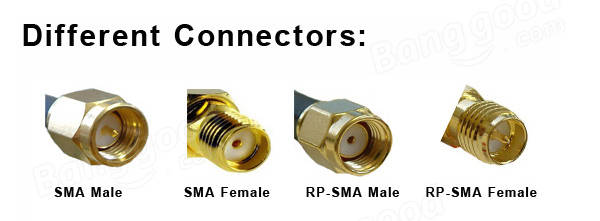
On my US TTN gateway it looks like the one labeled RP-SMA Female
On my EU version, it certainly is different then. Indeed SMA Female, so an opening rather than a pin:
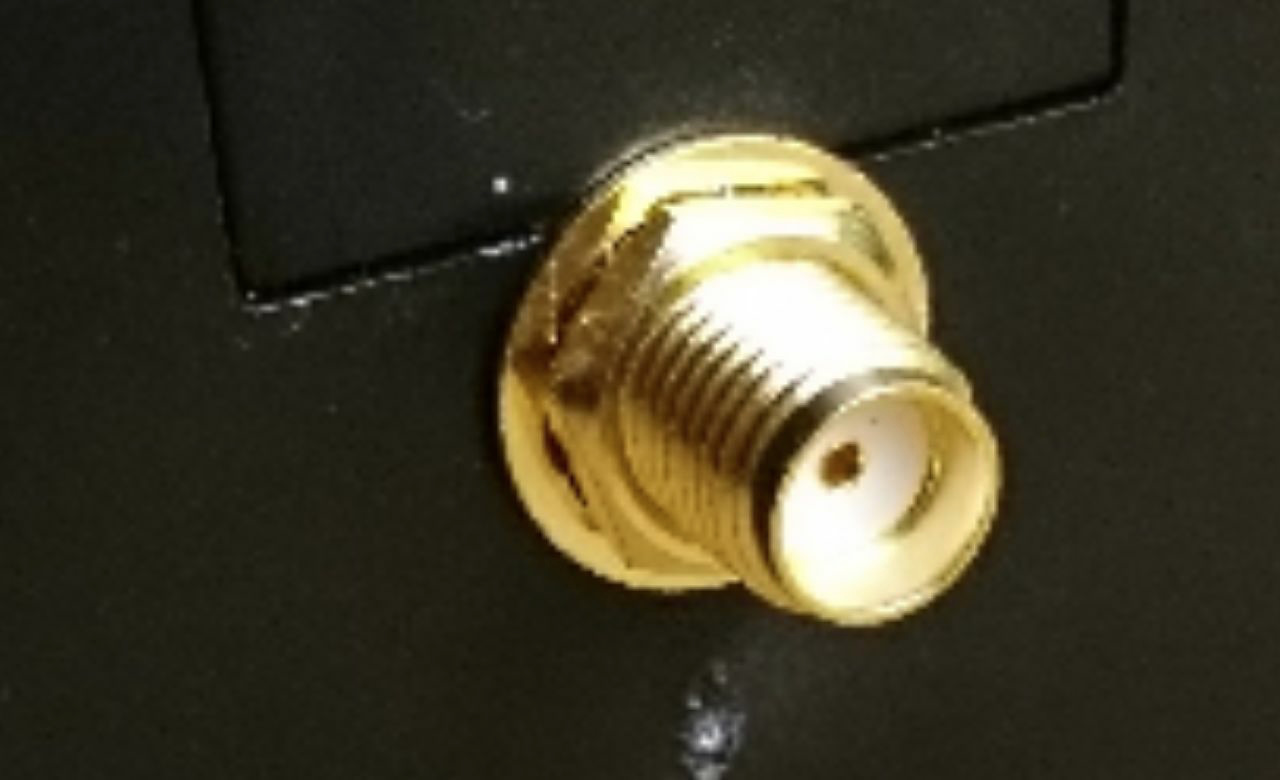
Ah, ok, I guess that explains it. The u.fl (?) cables shipped with the different frequency Microchip radios have different antenna connectors.
Radio equipment for the USA uses RP-SMA to comply with FCC regulations (source). For production it would be easier to have all gateways with 915MHz band equipped with the same connector so I expect all 915MHz gateway to use RP-SMA.
Only after ordering all the parts I realised I’ll need to run it on WiFi. Anyone know what connector would work well? Does it have a u.fl on or next to the WiFi module??
My Gateway is on the inside of a glass door. Yesterday I put it on the outside for a test and it did improve reach. This was with running WiFi and simply having the power cord wedged between the door and the door frame. I was wondering if there are very thin antenna extension cables so the gateway can stay indoor and the antenna stuck to the outside? Another option is to put the gateway outside on the part of my balcony that it somewhat protected against rain, and get power from the outdoor lamp connection, but I wonder how long it will survive like that (in the Netherlands).
You could perhaps stick it in a CG1500 box like this https://www.ebay.com/i/222431547839?chn=ps
with the antenna poking out one of the holes in the bottom (see the photos with the foam-padded holes that would be there)…
My first Idea is that you take the risk of leakage here. There are better housings I gueas.
My latest challenge is using wifi backhaul with a metal enclosure 
Is there a solution that involves adding an external antenna connector to the gateway? Or is this simply not possible due to the module used?
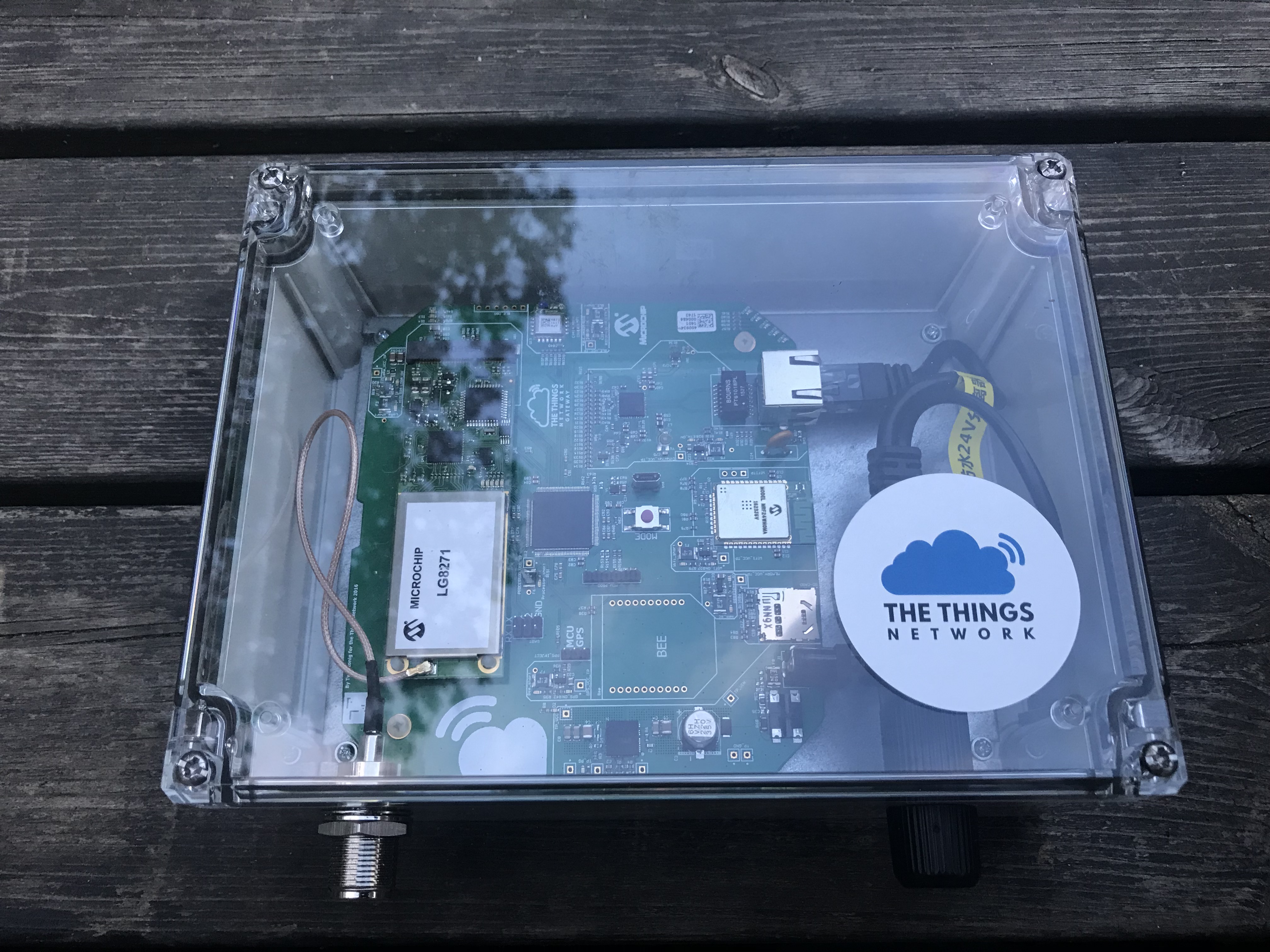
I finally found a suitable plastic enclosure and all the pigtails and connectors I needed. This is the box (plus metal backplate), and the pigtail and PoE cable come from aerial.net, that I saw recommended elsewhere on the forum.
Will be connected to a Taoglas Barracuda B05F21 antenna bought from Digikey.
I hope to install it tomorrow,
A
Hi @mellbratt,
I will go for adding a DHT22 inside the box and adding two pieces of 1"
x 20cm long for natural convection, will also add a piece of metallic mosquito net to prevent bugs going inside.
Aditionally I will add some silica gel to absorb humidity.
What do you think?
beter then a closed airtight box in the full sun… that will give problems, need some ventilation
What is your current setup?
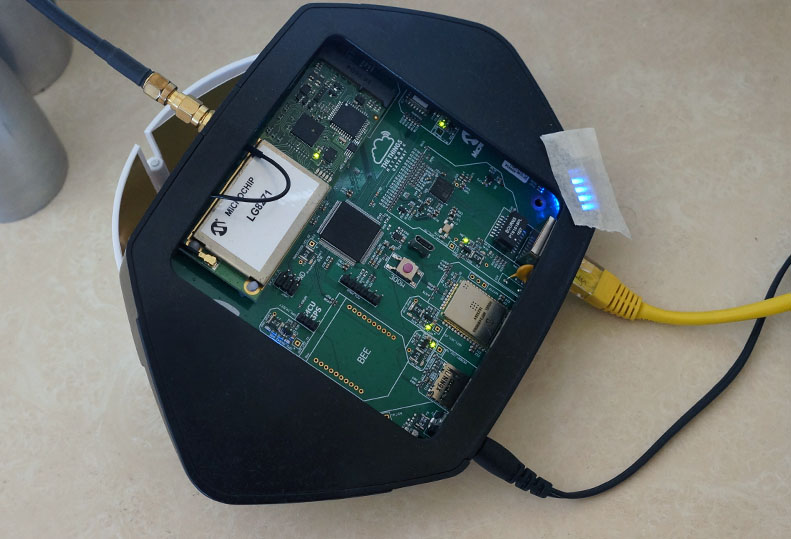
@ this moment I don’t have an outdoor gateway 
if you only want to extend the original GW antenna
see DIY: put your gateway antenna outside
In the end, this solution worked very poorly, the gateway kept dropping the wifi signal and the reception was almost nonexistent. I went ahead and bought mostly new parts and put together an ic880a based gateway and put up in its place, and it is running well. Hopefully the planned firmware updates for the TTN gateway will improve things eventually, and I can put it up at some other location later.
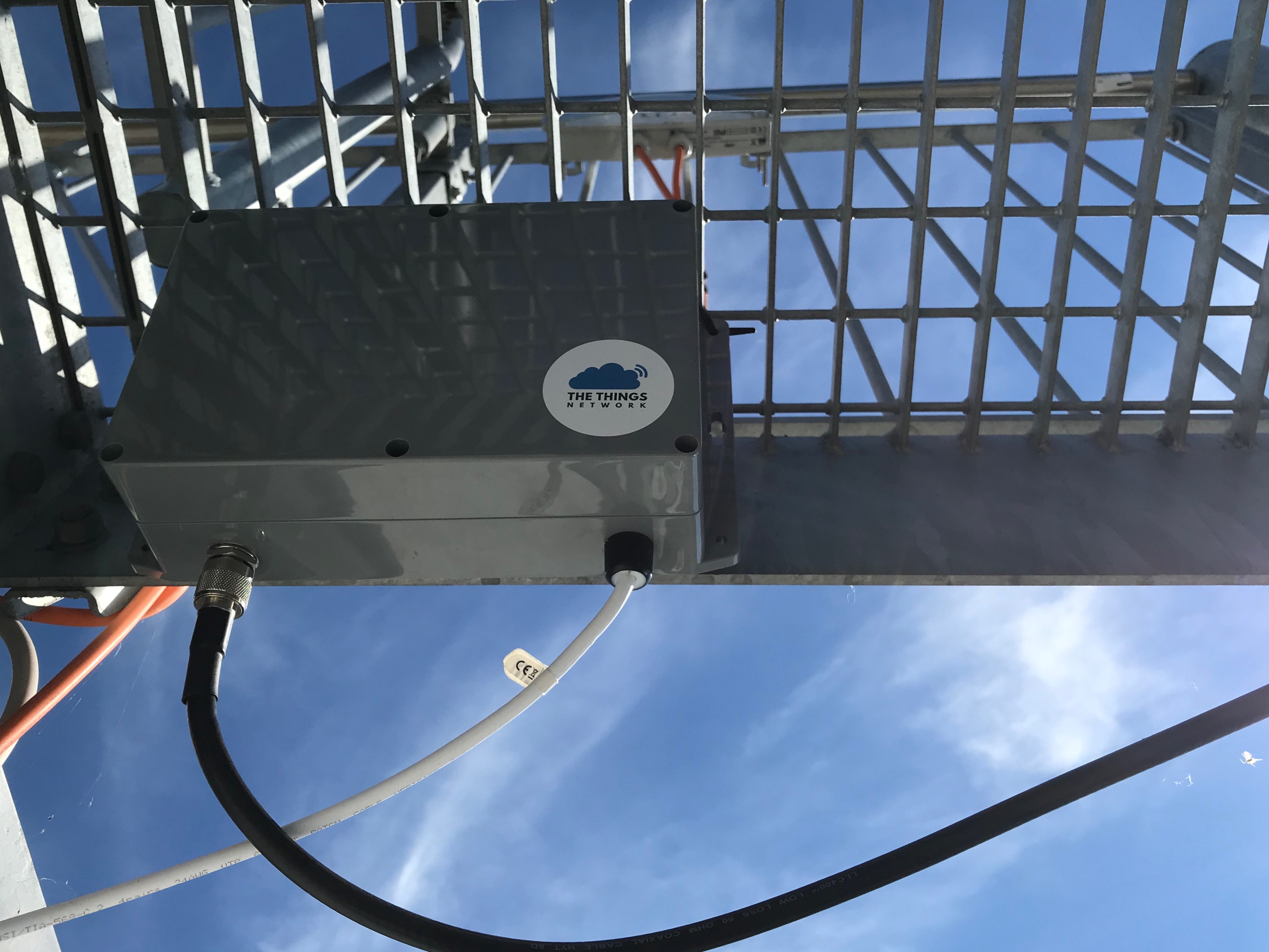
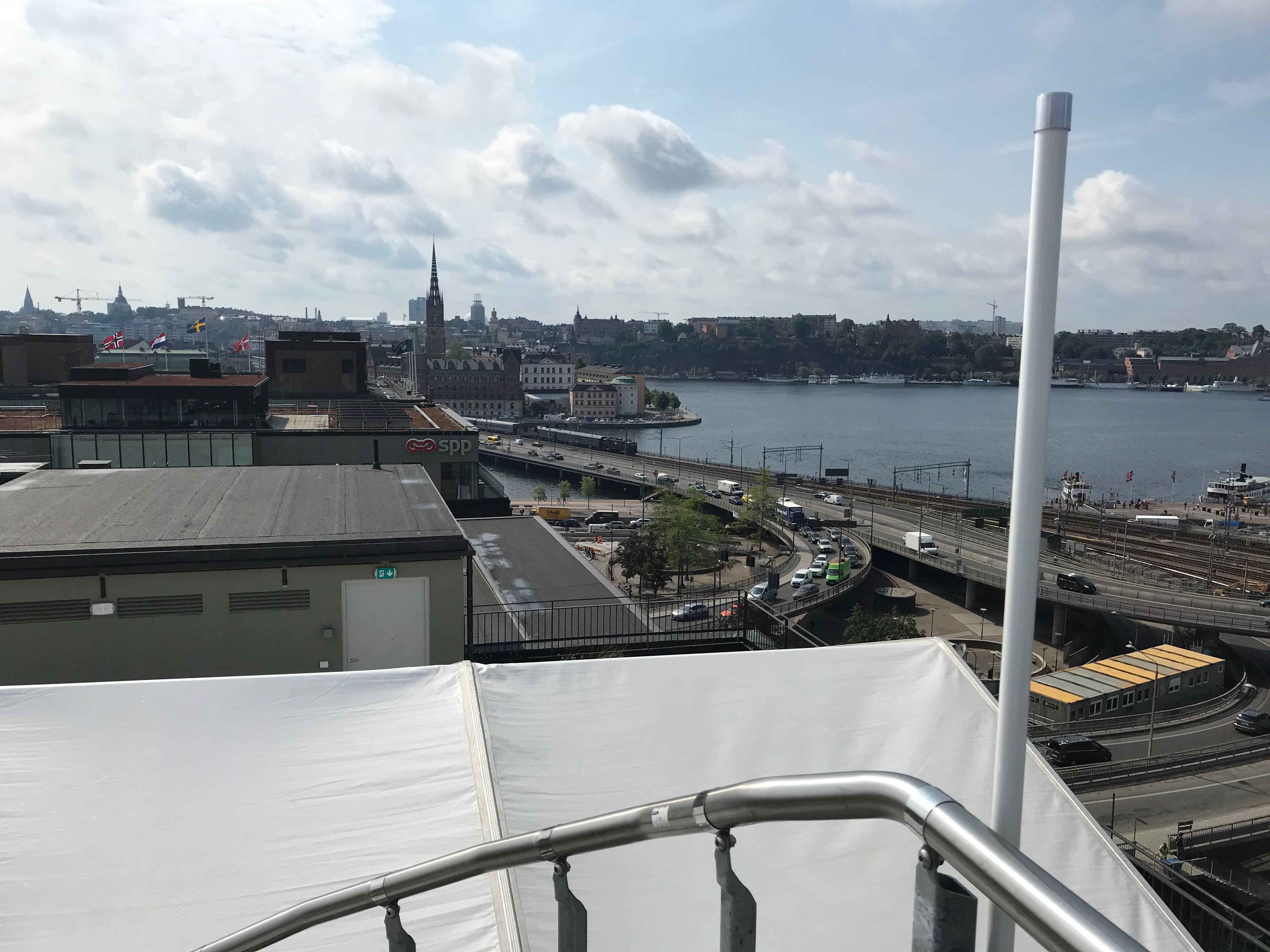
Just a tip. You may want to consider wrapping the N-Type antenna connector under the enclosure with self vulcanising tape or silicon self-fusing tape. The same would apply to the connector at the bottom of the antenna. Otherwise the coax cable will fill with water, you’ll loose range and eventually the gateway will stop functioning. The compression gland on the other cable looks good.
Great tip, thank you! I’m new to this stuff 
Also, it looks like the bottom half of the antenna is next to the stainless steel tube supporting the handrail. If that’s the case, you will have changed the performance of the antenna and also made it directional. As a rule of thumb, if an antenna is near another metallic object, try and get at least 3 wavelengths, say > 1 metre from it. This includes steelwork and other antennas.
It is slightly less than the bottom half – but a good point nonetheless! I’ll try and make a wooden “thing” to raise and separate it from the handrail post. Thankful for any more pointers or links to places for reading up on this stuff. 